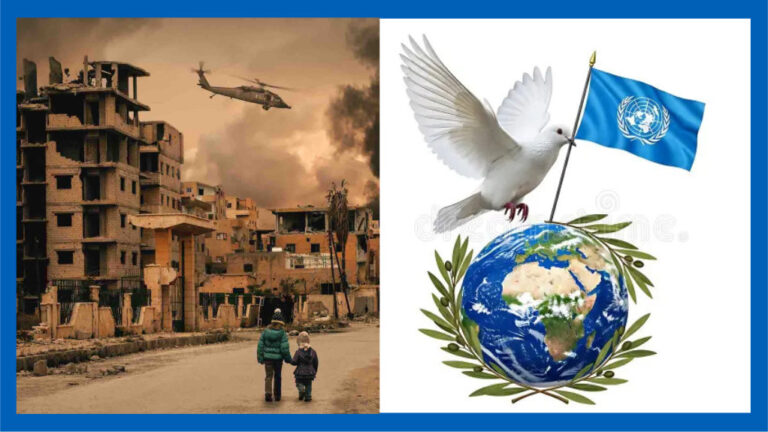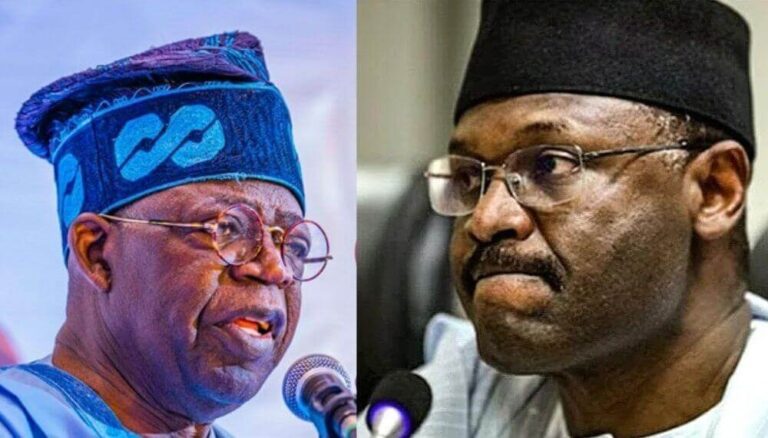
Middle East Firestorm: Africa Faces Ripple Effects
Middle East Firestorm refers to the escalating conflict between Israel and Iran, which began with Israeli strikes in mid‑June 2025 and Iranian missile retaliation. Africa is unlikely to remain untouched. The effects on oil markets, religious dynamics, and diplomatic relations have already started rippling across the continent.
Economic Angle: Africa Oil Prices
The Middle East Firestorm has sent oil prices higher. Brent crude hit around $77–78 a barrel by June 20, up nearly 20% in June—the steepest monthly surge since 2020. Citi estimates oil could hover 15–20% above pre‑conflict levels if Iranian exports drop by about 1.1 million barrels per day. For Africa, that marks a double-edged sword.
Oil-exporting countries like Nigeria, Angola, and Algeria may profit from revenue windfalls. Nigeria, especially, benefits from higher crude earnings—critical for its budget and foreign reserves. Libya, which recently resumed production of roughly 700,000 bpd, also stands to gain.
But for oil-importing nations, the impact is dire. Higher global prices translate to costly petrol, diesel, and LPG. Diesel futures reached an eight-month high in the U.S.—a sign that Africa could face similarly higher transportation costs . The ripple effect escalates agricultural input prices and food inflation. Senegal’s UN ambassador warns of rising input costs and social unrest if prices spike.
However, analysts argue that Africa’s broader markets might only feel short-term bumps. Some supply risks haven’t materialized yet, and global inventories remain robust . But even transient price hikes strain national budgets, eroding spending on health, education, or debt servicing.
Religious & Social Dynamics
The Middle East Firestorm also touches Africa’s religious fabric. Many African countries have Muslim and Jewish communities and historical ties to either Israel or Iran.
African governments and societies have responded differently. South Africa, Sudan, and Mauritania condemned Israeli strikes on Iran; others stayed neutral or limited statements to calls for restraint. The African Union urged caution and de-escalation.
These events risk fueling religious tensions, especially between Sunni-majority countries—less aligned with Iran’s Shiite axis—and those with deeper Shiite or Christian ties. Nigeria, with a significant Shiite minority, already saw internal pressure from cleric Zakzaky’s supporters.
If African countries publicly side with one camp, it could affect social cohesion. Governments must navigate this delicate balance—ensuring they don’t inflame sectarian tensions at home while expressing international solidarity.
Diplomatic Shifts: Africa Diplomacy in Flux
The Middle East Firestorm also forces a re-evaluation of existing Africa diplomacy ties with Israel and Iran. Israel maintains active relations with over 40 Sub-Saharan African nations, especially in agriculture and security. Iran’s presence is less, though it has embassies and religious outreach in some countries .
African countries now face difficult choices. Senegal’s ambassador cautions that hasty alignment with either side may damage foreign investment or aid relations. Some nations have called for international law and impartial UN mechanisms rather than selecting sides .
Diplomatically, this moment offers both challenges and opportunities. Africa can push for conflict de-escalation, using its African Union seat at the UN to advocate for peaceful dialogue. But overt bias may upset either Israel or Iran, jeopardizing key strategic partnerships—especially in tech, trade, or energy. Caution and coalition-building will be essential.
Regional Security & Broader Risks
While Africa sits far from the frontline, Middle East Firestorm carries regional implications:
- Maritime risk: Reports of collisions and sabotage near the Strait of Hormuz highlight global shipping vulnerabilities. Even indirect disruption could push freight costs higher—driving up African import prices.
- Proxy threats: Iran has networks in places like Sudan and the Sahel, and so do Israel-supportive states. Escalation could redraw alignments. SOCOM experts note Iran’s increased influence in Sudan’s civil conflict.
- Humanitarian impact: Renewed volatility could elevate refugee movement, especially into North Africa, straining those countries and prompting international calls for Africa to act as buffer zones .
What Lies Ahead for Africa
Observers agree the Middle East Firestorm may produce three scenarios for Africa:
- Short-term spike: Oil prices rise modestly, governments pass emergency subsidies, markets stabilize as conflict doesn’t spread.
- Medium escalation: Strait of Hormuz enters risk zones; prices surge to $90–$130 a barrel, Africa sees inflation, tightening budgets, and diplomatic crackdowns.
- Wider war: US joins Israel, Iran opens multiple fronts via proxies. Africa faces long-lasting financial stress, refugee waves, and greater diplomatic pressure.
African leaders must plan across these. They need to:
- Manage fuel subsidies with fiscal discipline.
- Monitor religious communities and build resilience.
- Leverage AU leadership to promote peace at multilateral forums.
- Secure maritime insurance and rerouting strategies.




